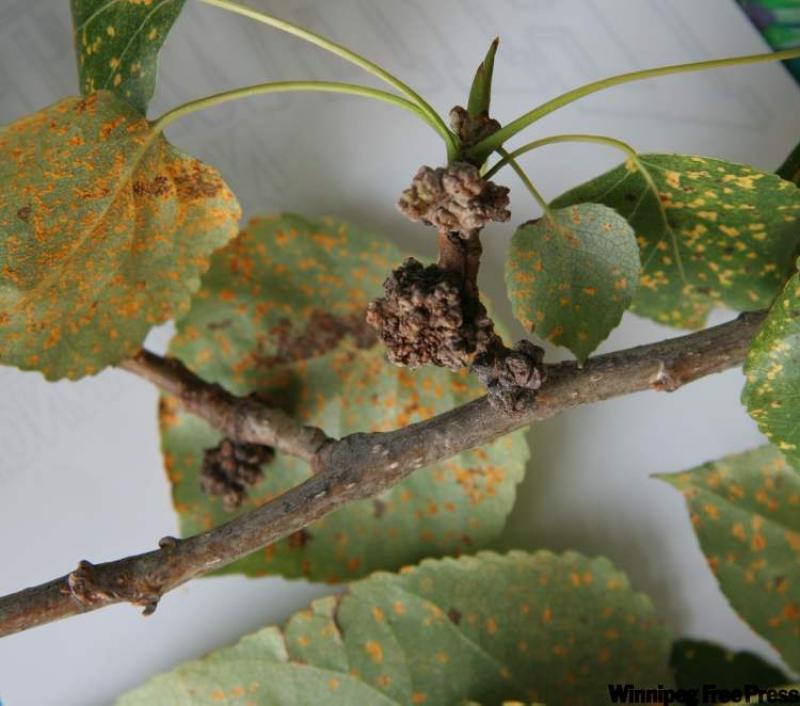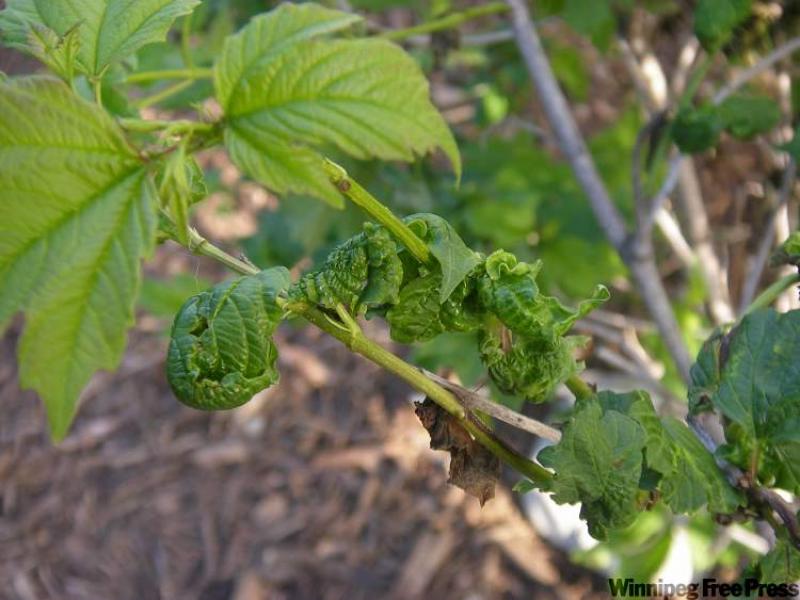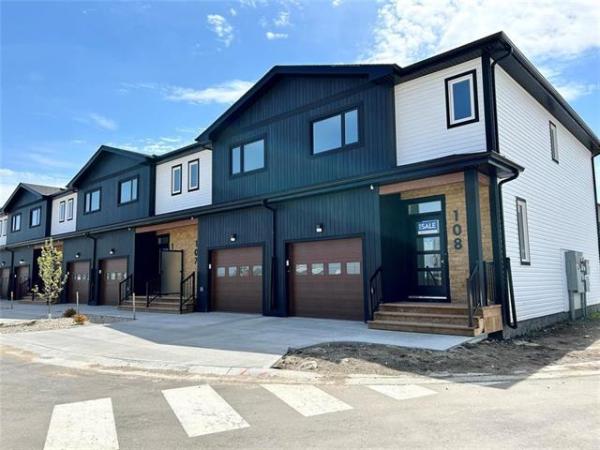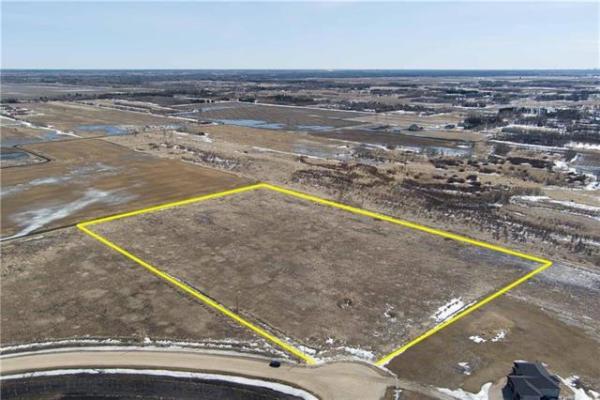
I get hundreds of requests for information about trees and shrubs every year. Here are a few I thought might have popular interest for readers of this column.
QUESTION: For the last couple of years, the leaves of my large poplar tree turn yellow in early August and fall from the tree. What's going on with them?
ANSWER: The poplars are victims of high summer humidity and heavy rainfall. If you look at the leaves, you will see yellow spots slightly raised above the leaf surface. These are infection locations of the poplar leaf rust, fungal disease. You will also see grey blotches on the leaves. These are locations that have been damaged by the fungus.
As long as this leaf drop does not happen year after year, the trees will recover. Prolonged infections of this disease over a number of years will lead to injury to the tree. Collect the leaves and dispose of them. Do not leave them exposed in an open compost pile as the spores in those infected locations can re-infect other trees in the following spring.
QUESTION: I seem to have a yard full of unhealthy shrubs. They all seem to look sickly, especially my cranberries, alpine currants and roses. What can I do about this?
ANSWER: In most yards I visit, I see a common problem: overcrowding of woody shrubs. Often the shrubs are 'fighting it out' for sunlight with trees. Many property owners tend to over-plant their yards and squeeze as much plant material into beds as possible.
Overcrowded shrubs become diseased quickly, especially during periods of prolonged rainfall and high humidity. Mildew commonly affects many shrubs, especially alpine currant, European cranberry, rose, lilac, ninebark, nannyberry, grape vine, Virginia creeper and others. Crowded dogwoods are infested with aphids. Cranberry and Amur maple can be overrun with leaf mites and gall mites.
The sickly yellow leaf colour of pink flowering spirea, rose and ninebark, cotoneaster, Japanese barberry (Rose Glow), European elderberry, dogwood and hydrangea is a result of poor nitrogen levels made worse by heavy rainfall leaching nutrients from the soil. These plants need to be fertilized (24-8-12 is a good tree and shrub fertilizer) along with added iron chelate. These products are available from garden centres.
Depending on the problem, there are usually multiple answers for remedial action for all of these shrubs and vines. Typically, the crowding needs to end. Judicious fall pruning to reduce the size of shrubs is advised. I put on a number of ornamental shrub-pruning courses each year. Email or call me and I will send you a current schedule of courses. Some shrubs are too large for the small space available for them in some gardens and they should simply be removed. Timely and proper fertilizing will improve the health of nearly all shrubs once the crowding situation is resolved.
QUESTION: When is the best time to prune my fruit tree?
ANSWER: Fruit trees, as well as almost all other deciduous trees, should be pruned when their likelihood of getting disease is lowest. That time is the fall season -- usually October or November. Many pruning books (printed in the United States) will tell you spring is the best time. Maybe if you live in spring frost-free areas of British Columbia, Kentucky, Missouri or Texas, but not the Canadian Prairies. Late-spring frosts can damage recently pruned tender woody shoots of fruit trees. No one can predict damaging frosts, but they are rare in early October. This is by far the best time to work on fruit trees, especially with no leaves in the way. I run pruning and fruit-tree care courses that provide sufficient information to properly look after fruit and other trees.
Michael Allen is a consulting urban forester and certified I.S.A. arborist and owner of Viburnum Tree Experts. He makes house and garden visits to assess tree and shrub problems. He can be contacted by calling 831-6503 or by email at viburnumtrees@shaw.ca You can also mail questions to Michael Allen, c/o Newsroom, Winnipeg Free Press, 1355 Mountain Ave., Winnipeg, MB, R2X 3B6. His website is www.treeexperts.mb.ca




